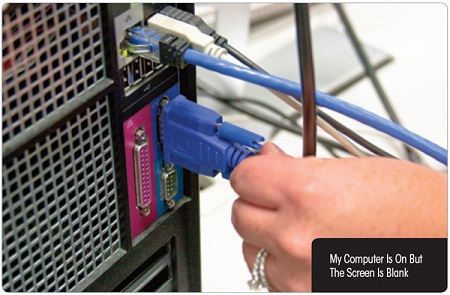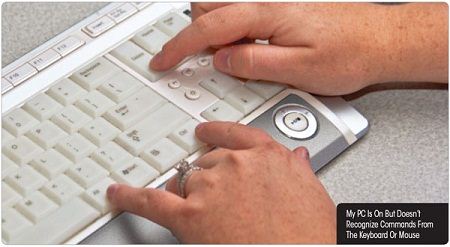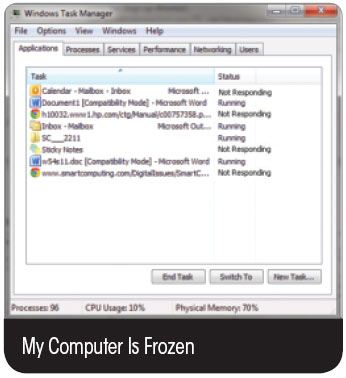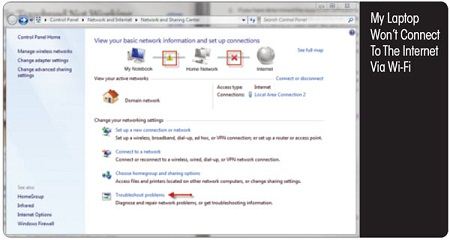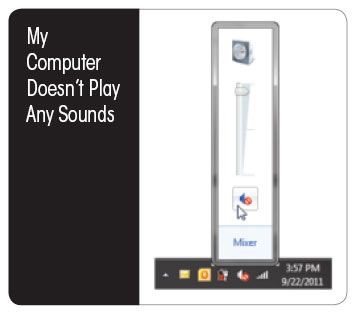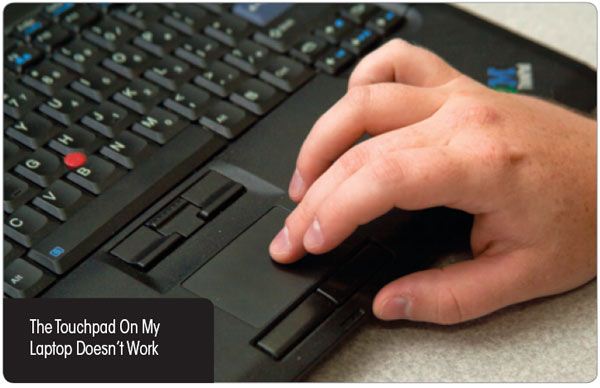IT’S A BIT MORE DIFFICULT TO TROUBLEshoot an all-in-one PC than a desktop PC, because all of the internal components are tightly fit in the same case that contains the monitor. Thus, some hardware could be difficult to access and other hardware may not be reachable.
PC Doesn’t Display Anything
Examine the display for signs of power, such as a light or LED near the power button. Remove the peripherals, such as USB flash drives or memory cards, and restart; this will eliminate the possibility of a conflict caused by an external device. If the screen still doesn’t display anything, turn off the PC and disconnect the power cord.
Wait for 10 seconds to ensure that everything inside the computer is reset and turn the computer on. An all-in one that still won’t boot up may need to be taken to a repair shop.
PC Unexpectedly Shuts Down
When computers work hard the internal components produce more heat. The snug design of an all-in-one PC may make it difficult to vent the heat, especially when the PC is under heavy load, such as when playing a game or editing video. To fix the issue, you may need to turn off some programs that are running in the background and which may be contributing to the overheating problem.
Wireless Internet Won’t Connect
Verify that the PC’s Wi-Fi is turned on. (You may need to physically flip a switch on the PC to enable it.) Try using a different Wi-Fi-enabled device to see if the Internet connection is down or if there’s something wrong with the router. A working connection on another device would suggest that there’s something wrong with the network adapter in your PC. Run the Network Diagnostic tool. Click Start, select Control Panel, choose Network And Internet, and select Network And Sharing Center. Under View Your Active Networks, select the link next to Connections and click the Diagnose button.
Prevention
All-in-one PCs are like laptops: the hardware fits tightly in the case, which makes the entire system vulnerable to heat. To prevent heat-related damage, keep the all-in one computer is a well-ventilated area, and check the vents to ensure that they aren’t clogged with dust.
